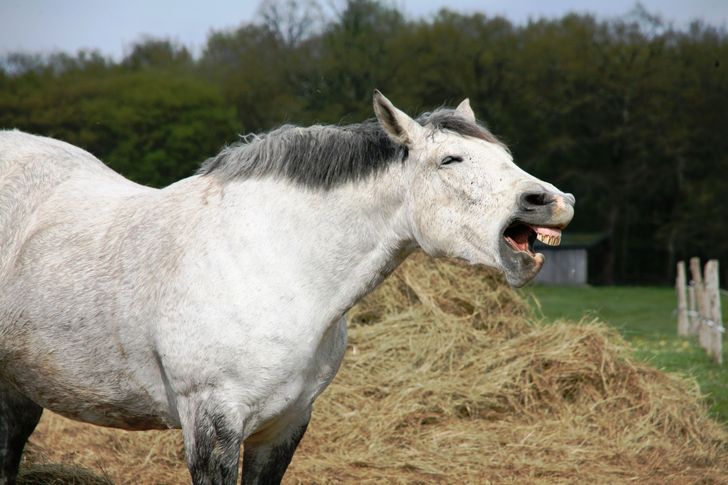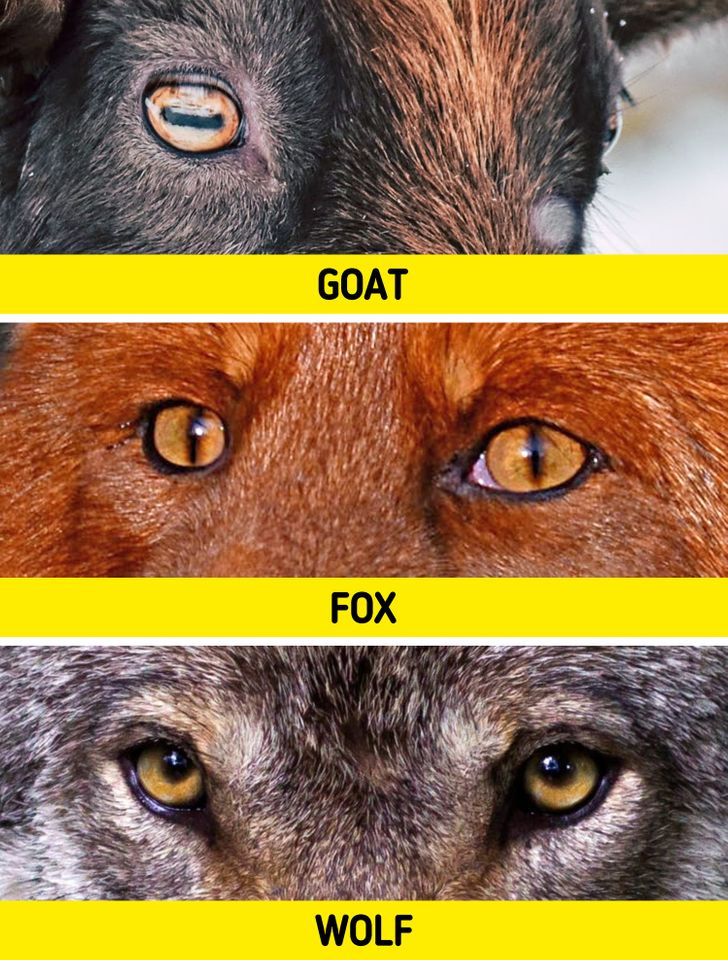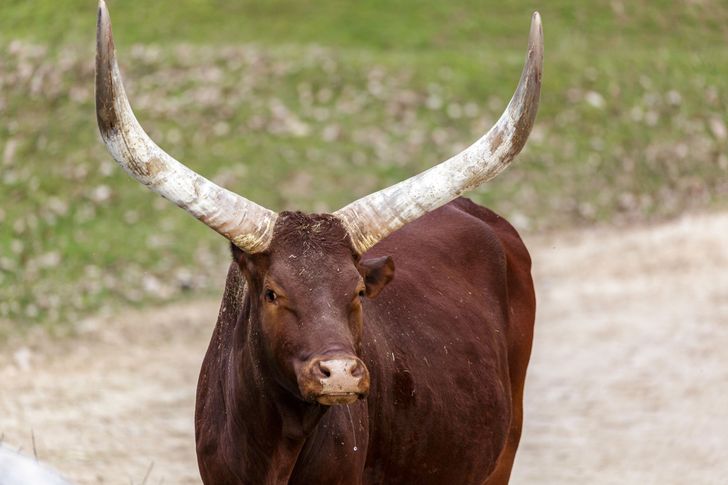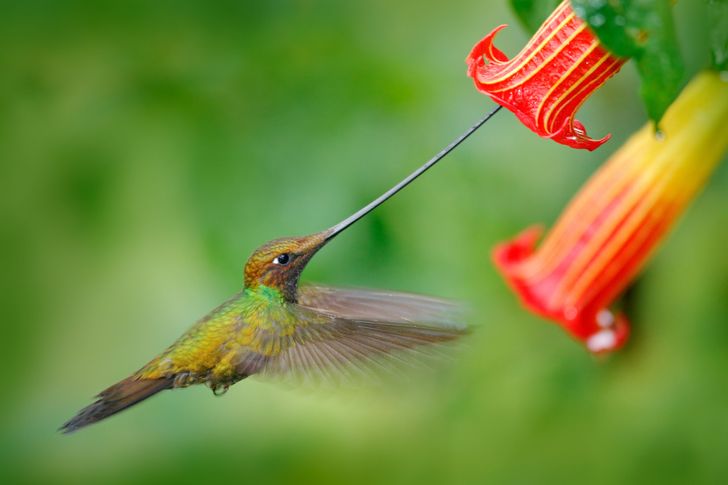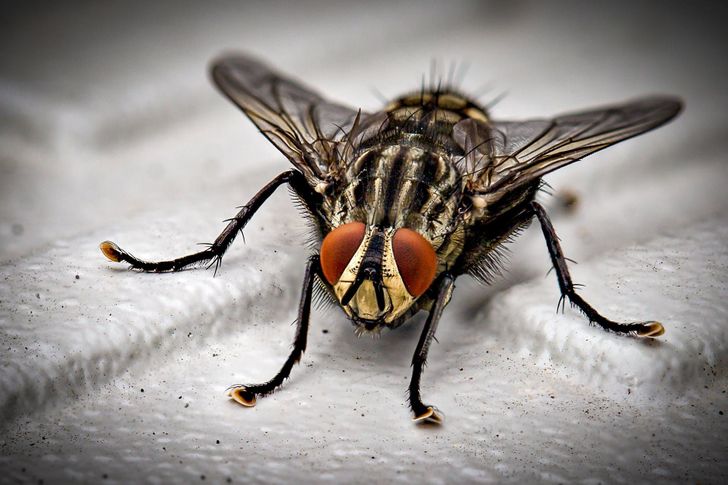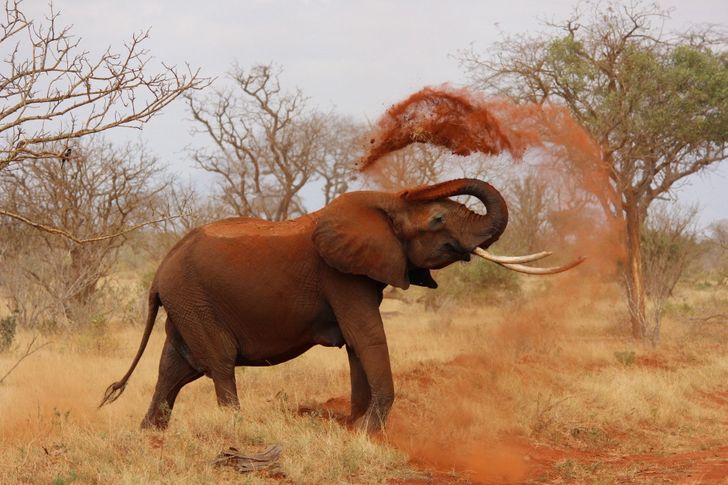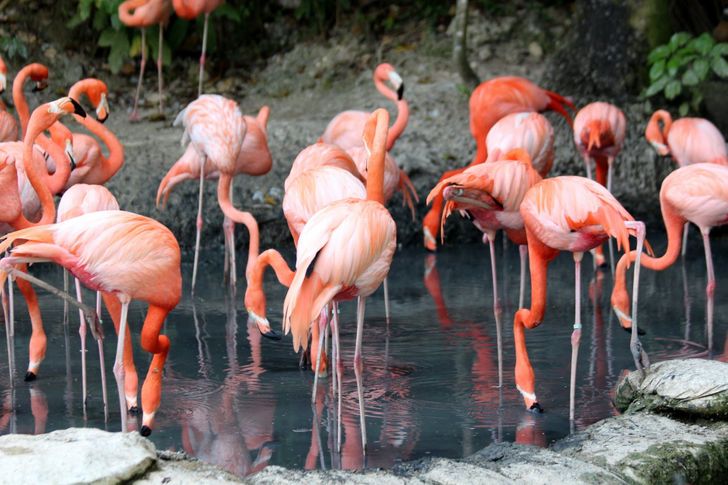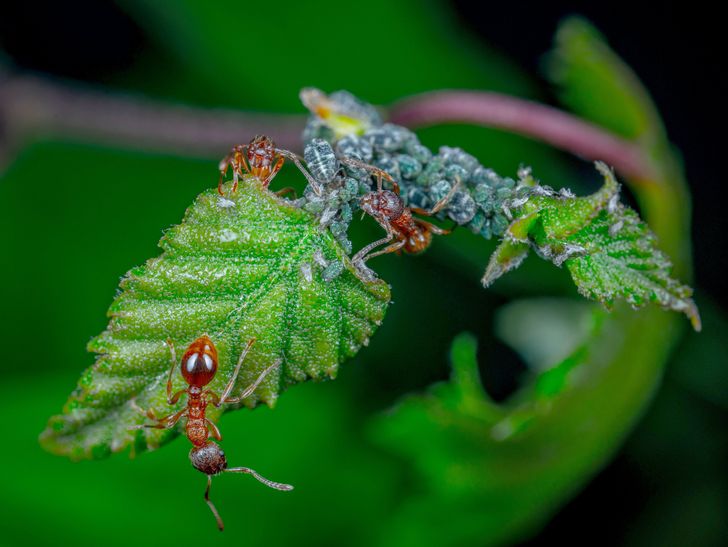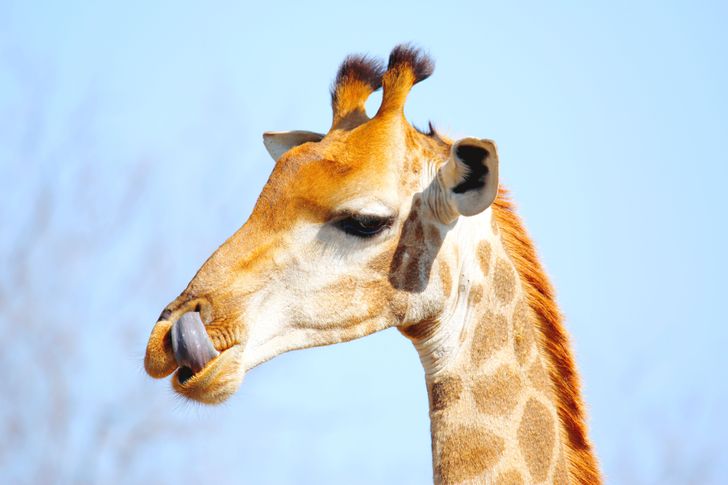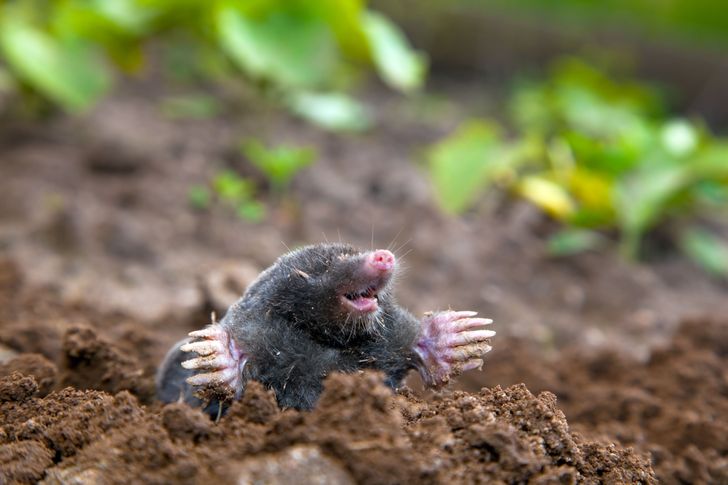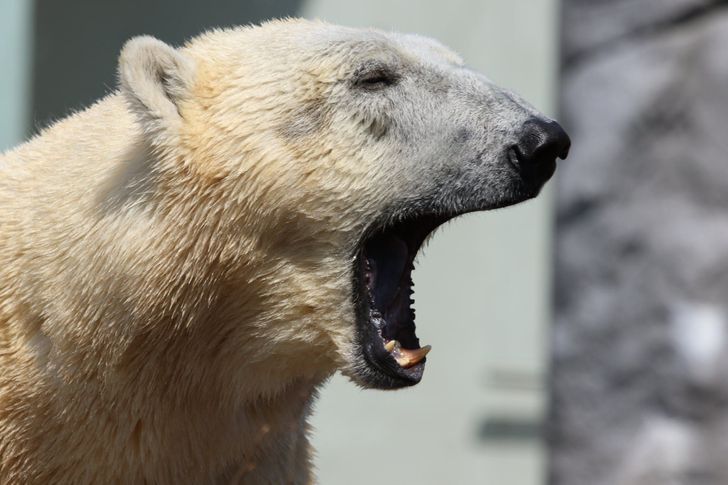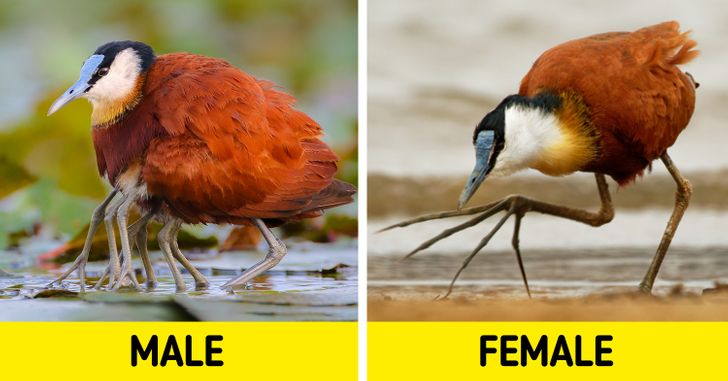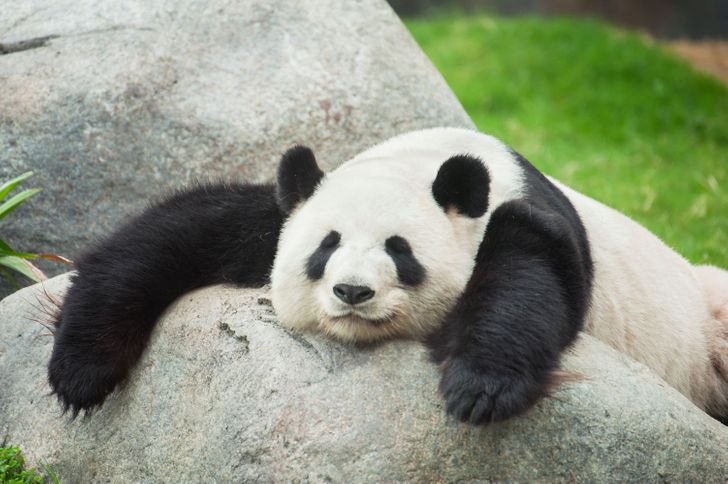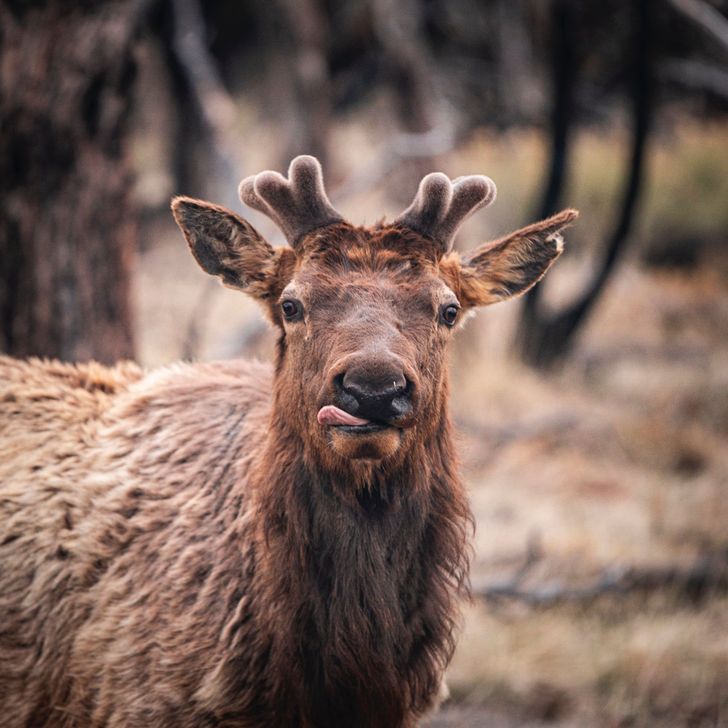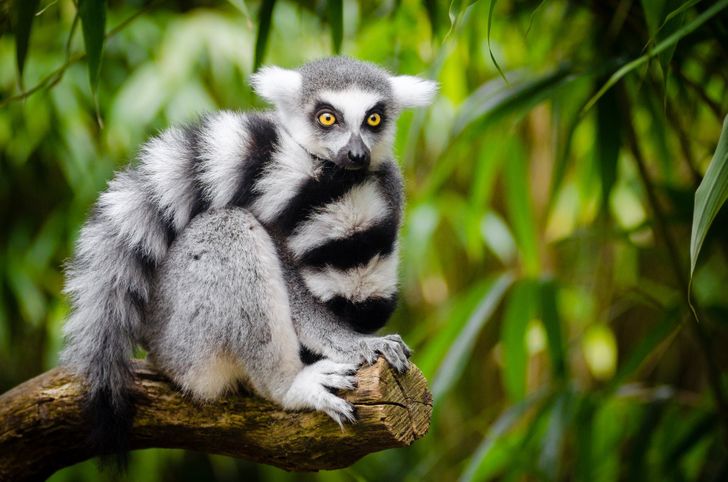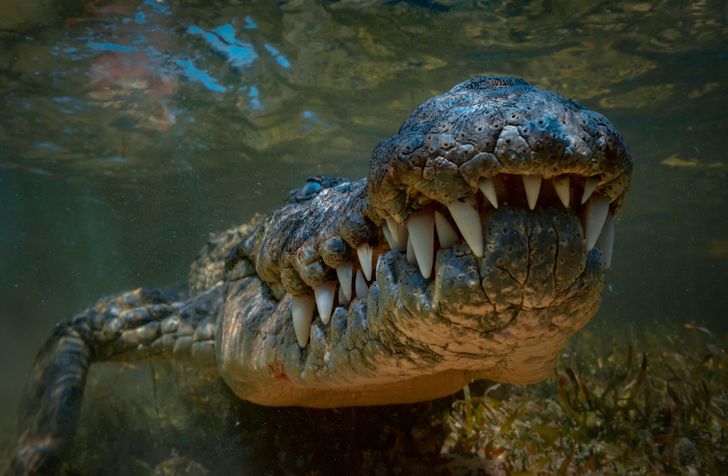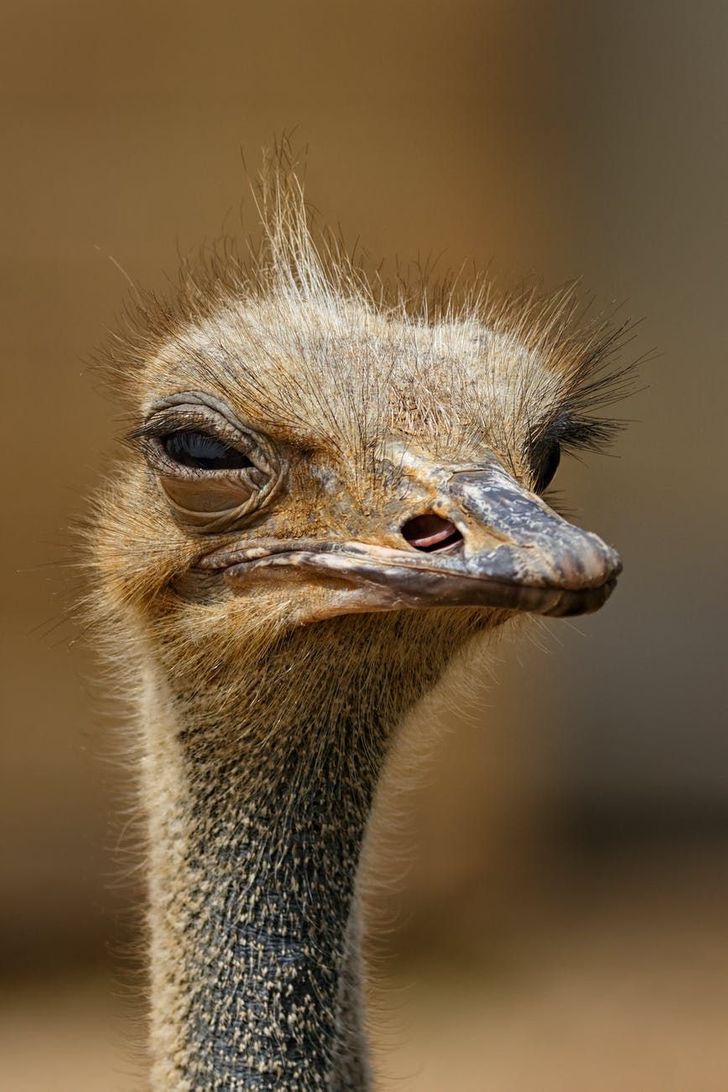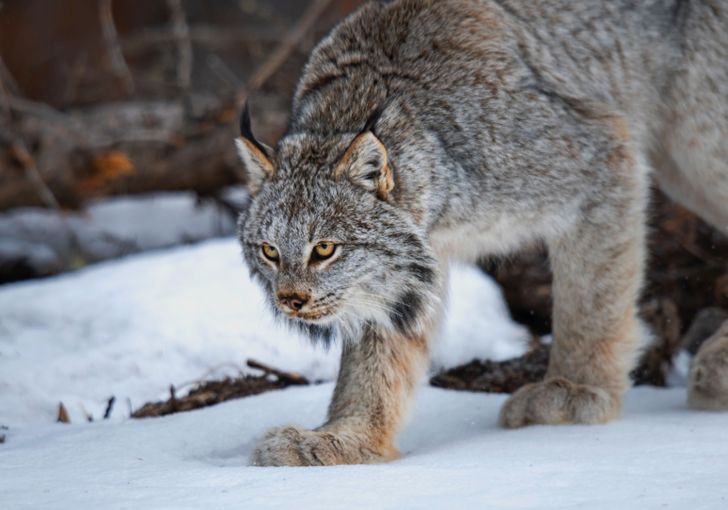Lemur can count? How?
20 Animals on Which Nature Spent All Its Creativity
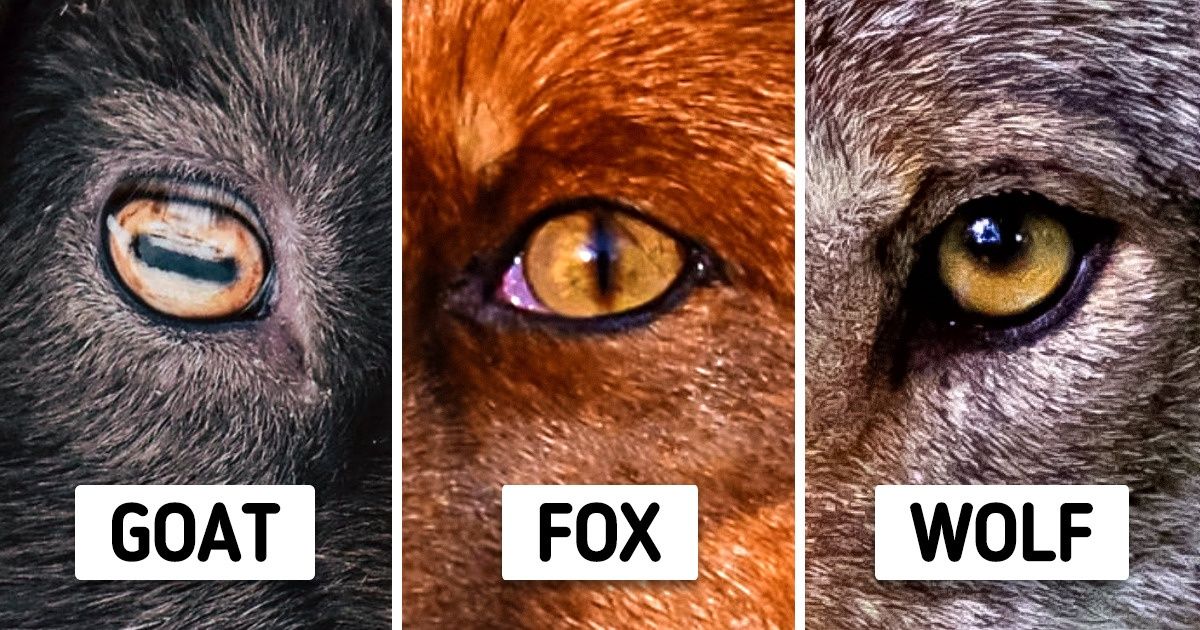
Wildlife is so vast and diverse that we couldn’t learn everything about it in our lifetime. Sometimes, we encounter facts that go beyond our understanding. Could you ever imagine that gray kangaroos are left-handed or that polar bears are partly invisible?
We at Bright Side are convinced, once again, that nature has an endless number of surprises in store for us, which make us admire its power and ingenuity.
1. Horses have the best facial expressions.
- According to a study published in the journal, Plos One, horses can express 17 facial expressions — more than have been identified in chimpanzees, orangutans, rhesus macaques, gibbons, and dogs.
2. The shape of animals’ pupils depends on their activities.
- Herbivorous animals are likely to have stretched horizontal pupils, which gives them wide coverage of the horizon and the ability to notice creeping enemies. The vertically elongated pupils are more typical for small ambush predators since they help them focus better on prey. Large predators tend to have round pupils. They actively chase down prey, mostly during the day.
3. Watusi cows have the biggest horns in the world. The largest horn circumference on a bull measured at 40.75 in (103.5 cm).
4. The sword-billed hummingbird is the only bird with a beak longer than its body.
5. A housefly hums in the key of F.
6. An elephant’s skin is as thick as 1 in (2.5 cm) in most places. However, it’s so sensitive, that the elephants can feel a single insect land on their bodies.
7. Pink flamingos can form long-lasting friendships.
8. Ants wouldn’t suffer from any damage after falling from any height due to their size, weight, and body structure.
9. Gray kangaroos are more often left-handed, bottlenose dolphins are right-handed, and polar bears, according to scientists, are ambidextrous — which means they can use both paws equally.
10. Giraffes clean their noses by using their tongues.
11. Moles are not 100% blind — they can react to light.
- The fur of the polar bear absorbs heat without giving it away. Only the nose, eyes, and air exhaled by the bear can be visible in the infrared spectrum.
13. In case of danger, the African jacana male carries his chicks to safety by hiding them in his feathers.
14. Giant pandas are not really picky when it comes to sleeping locations.
- These cute animals have very few enemies in their natural habitat, so they don’t need to seek shelter or hide in a hole to fall asleep.
15. All ruminants lack upper incisor teeth.
16. Lemurs can count.
17. The saltwater crocodile has been confirmed as having the strongest bite force ever with a value of 16 460 N.
18. Ostriches have the largest eyes of any living land animal.
- The axial length of the eyeball of these birds is ≈39 mm, which is almost one and a half times longer than that of a human.
19. The lynx doesn’t sink into snow due to the structure of its paws.
- The paws of the lynx are well-adapted for walking in deep snow. They’re large, webbed, and covered in fur on the underside, which creates a snowshoe effect.
20. The blue whale’s heartbeat can be heard from over 2 miles away.
Which of these facts surprised you the most? Do you know any other interesting facts about animals?
Comments
Portia spiders can also count
(although not very high) and sulphur crested cockatoos are most commonly left footed
Those horizontal eyes always freak me out a bit... probably because they are the least common for pets
The Animal kingdom can be so cool, I sometimes wished I was a Biologist instead and just studied animal behavior
Wow some of these were really surprising, like the left handed kangaroo one! I also had no idea Elephants were so sensitive
Related Reads
15 Pics That Show Us the Ruthless Power of Time

20 Times Reality Exceeded Customers’ Expectations Beyond Their Wildest Dreams

11 True Stories That Prove Real Life Doesn’t Need a Screenplay

I Refuse to Spend My Savings to Rescue My Sister’s Kids, My Money Is Not a Family Fund

15+ People Shared What It’s Really Like When a Surprise Inheritance Lands in Your Lap

15+ Mothers-in-Law Who Can Turn an Ordinary Day Into a Comedy Show

I Absolutely Refused to Be the “Office Party Planner” Just Because I’m a Woman

I Refused to Beg My DIL for Forgiveness—Then Suddenly She Needed Me

15+ Raw Stories About Jealousy That Can Leave You Speechless

I Refuse to Obey My Pregnant DIL’s Demand to Turn a Merry Christmas Into a Vegan One

My Husband Made Me Care for His Sick Mother, So I Served a Payback He Won’t Forget

I Refused to Let Mom Move In With Me—My Privacy Isn’t Up for Debate

